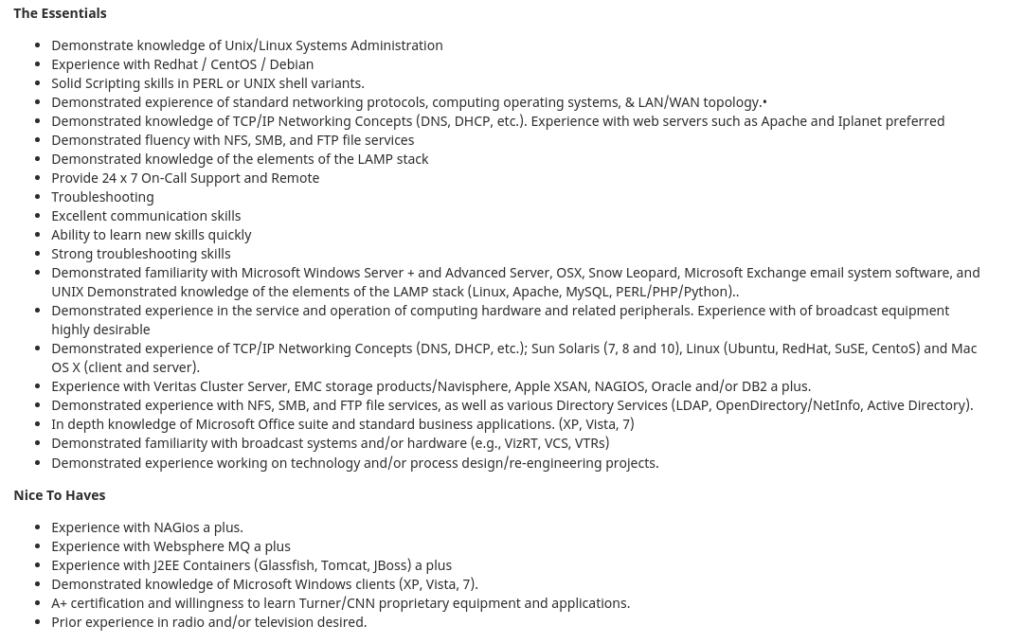The first step in a cyberattack, or a penetration test, is footprinting. The attacker/analyst tries to get information about the targeted infrastructure. Thanks to footprinting techniques, attackers can obtain information such as:
- personal data, skills, experience and interests of company’s employees;
- company headquarters;
- technologies in use (middleware, operating systems);
- suppliers and consultants who collaborate periodically with the company;
- blocks and network topology;
- DNS records.
We can divide footprinting techniques into two macro areas:
- active: it involves the collection of information with direct interaction with the target. It is a more risky practice than the passive one, as it could leave traces. The systems of the attacked organization could (should) detect the information gathering attempt. Some examples of active footprinting are the use of web spiders, email tracking, traceroute and social engineering techniques.
- passive: involves the collection of information without direct interaction with the target. Some examples are the usage of search engines, social networks, job posting sites, analysis of data received from providers that monitor website’s traffic, commercial performance or deliver reports about future commercial operations of the target.
Identifying the technologies adopted by the target drastically simplifies attackers’ jobs. The awareness about the usage of certain technologies, the lack of good security practices, or of a bad security posture increases the attacker’s chances of success.
When we perform a penetration test in which the company aims to identify chances of an attacker completely unrelated to the organization, footprinting activities heavily influence the success of the test.
Footprinting with search engines and social networks
Search engines offer a myriad of information to the attacker. The advanced functions available in Google, Bing and other search engines offer information that companies are not even aware to expose to the public.
The technique, combined with the most used search engine, has taken the name of Google Hacking. For more information, you can consult our article about the Google Hacking Database.
Thanks to search engines, an attacker gets to know technologies in use (web servers, firewalls, IDS, WAF, third-party applications), IoT devices, applications for internal use only and many other information about the target.
Like search engines, social networks provide an enormous quantity of information to attackers.
An attacker can dig LinkedIn to understand who the key people of the organization are, their experience and knowledge. You can get to know their interests, their religious and political beliefs, their weaknesses. Afterwards, attacker can exploit gathered information to perform a social engineering attack.
Tools like theHarvester and sublist3r simplify attackers’ job, reducing the manual work.
Footprinting through job posting sites
The following image shows the information revealed on a job advertisement post. The job post is real. I found it on the platform indeed.com.

The company is looking for an IT System Administrator with knowledge of Linux and Solaris. They even mention the Linux distribution names and the Solaris release version. You can bet they have got some LAMP servers, that they probably monitor their infrastructure using Nagios and are using Oracle and DB2 as RDBMS. Their infrastructure may include J2EE Containers like Glassfish and JBoss and servlet containers like Tomcat. Even if they reached the EOL over 5 and 2 years ago, they are still asking for people with experience on Windows XP and 7.
You are getting information not only about the used technologies but you are also outlining the security posture of the company.
Job posts can tell you a lot more. Are they searching for IT security specialists? Besides tools and countermeasures adopted, they may even tell you how big is their security team. Are they even trying to cover important roles like CIO or CISO?
Tools and services:
We suggest looking at the following tools. We wrote a brief description of them: Sublist3r, theHarvester, Shodan, Sherlock, Burp Suite, Metagofofil, Exitftool, DNSRecon, traceroute.
Contermeasures
Your employees/colleagues’ awareness about attackers’ behaviour and techniques is fundamental for your company’s safety. Every company must adopt a security awareness policy to inform its employees about the security risks they are exposed inside and outside the office.
The adoption of security policies (hardening of the systems, analysis and reviews of IDS/IPS and other monitoring tools, etc.), the definition of roles and responsibilities will allow a company to quickly detect and react to attackers’ attempts to gather information or to exploit the knowledge they previously gained through passive footprinting techniques.
More Stories
CVE-2021-33621: A Critical Security Vulnerability in Ruby’s CGI
A critical security vulnerability, known as CVE-2021-33621, has been discovered in Ruby's Common Gateway Interface (CGI) that could potentially put...
Understanding and Mitigating the CVE-2022-41741 Vulnerability in NGINX
NGINX, a widely-used open-source web server, has recently been affected by a critical vulnerability - CVE-2022-41741. The vulnerability is specific...
The Most Dangerous Vulnerabilities in Apache Tomcat and How to Protect Against Them
Apache Tomcat is an open-source web server and servlet container that is widely used in enterprise environments to run Java...
ZDI-CAN-18333: A Critical Zero-Day Vulnerability in Microsoft Windows
Zero-day vulnerabilities are a serious threat to cybersecurity, as they can be exploited by malicious actors to gain unauthorized access...
CVE-2020-36518: A Critical Vulnerability in SolarWinds Orion Platform
The discovery of vulnerabilities in popular software can have far-reaching implications for cybersecurity. One such vulnerability is CVE-2020-36518, a critical...
Uncovering ZDI-22-1021: A Critical Zero-Day Vulnerability in Google Chrome
Zero-day vulnerabilities are a serious threat to cybersecurity, as they can be exploited by malicious actors to gain unauthorized access...
